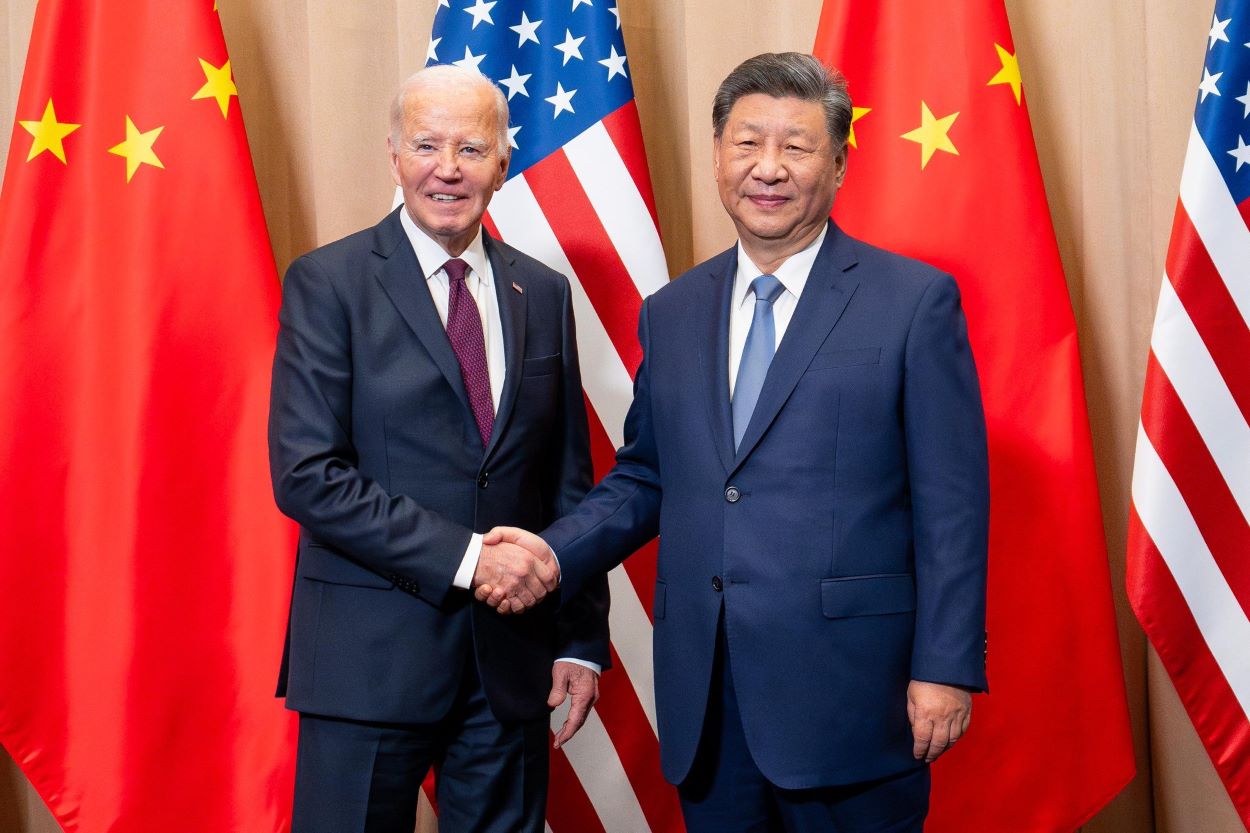China’s Geostrategic Designs on Latin America
China’s Geostrategic Designs on Latin America
"China’s growing economic, diplomatic, and military presence and even assertiveness in the developing world is recasting the global stage," writes AS/COA's Christopher Sabatini in an article for FOX News Latino.
In the last 5 years China’s military activities in Latin America and the Caribbean have grown at an unprecedented rate. Beijing now regularly hosts officers from Colombia, Chile, Mexico, Peru and Uruguay in its military academies, has expanded arms sales and technology transfers to countries like Argentina, Bolivia, Brazil and Venezuela, and in October last year even sent a navy ship to the Caribbean.
Is China—now Brazil and Chile’s number-one trade partner—buttressing its economic interests in the Western Hemisphere with military ties and alliances? Is this the Middle Kingdom’s equivalent of President Barack Obama’s Pacific pivot to balance China’s saber rattling in Asia?
There’s no doubt that China’s torrid economic growth rate and its arrival as an emerging—if not already emerged—global economic superpower has shifted the international system and brought a more muscular Chinese foreign policy. That policy—part of what the Chinese labeled its “Going Out” strategy—has come with a growing Chinese diplomatic, economic and even military presence in many of its closest trade partners. Given China’s need for raw materials to feed its manufacturing growth and urbanization—gobbling up everything from iron, to oil, to soybeans and frozen chicken—the country’s rise has been felt most obviously (at times with alarm) in the developing world, including Latin America.
First the economics. From 2000 to 2010 Latin America’s exports to China shot up 1,500% from 2000 to 2010. With increased commerce has come investment. In 2010, Chinese companies—most of them state-owned enterprises—invested $10.5 billion. While not a large amount relative to China’s other investments globally, it was a 180% jump from just two years earlier. In both cases, though, the focus has been on raw materials. Over 60% of Chinese imports from Latin America are primary products; for Argentina and Venezuela that percentage increases to 88% and 97% respectively. And China’s largest investment deals in the region have been from China’s state-owned enterprises snapping up energy and mining ventures, in Brazil, Argentina and Ecuador.
With China’s economic attention have come loans and grants. Recently the Financial Times estimated that in 2009-2010 the Chinese provided more loans globally (over $110 billion) than the World Bank (around $103 billion) in 2009–10. This included generous long-term concessionary loans to President Hugo Chávez of Venezuela and President Rafael Correa of Ecuador guaranteed by both with cheap oil exports to China.
Unfortunately, no one really knows the real amount or the conditions under which these deals were made. According to Martin Vieiro in a recent Americas Quarterly article, these “estimates were based on public statements of Chinese officials, banks and borrowers, which likely underestimate the actual amounts,” and the deals were often conducted behind closed doors, far from public scrutiny.
In fact, beyond the risk of resource dependence that China’s lopsided trade balance may bring to Latin America is the problem of corruption. As Ariel Armony argues in this issue of Americas Quarterly, Chinese practices of informal networking and deal making have a certain affinity with the Latin American traditions of clientelism and nepotism. In Latin America in the last two decades the rise of democratic governments and demands for greater transparency have helped to peel away these noxious traditions and practices. Except now, many governments are finding a partner in China who is playing on some of their worst vices. No wonder that Presidents such as Chávez and Correa—both throwbacks to the autocratic caudillos of the past—have been such willing clients of Chinese aid.
Arguably, this temptation may represent China’s greatest threat to the United States.
Many of the military initiatives cited above do not amount to a clear and present threat. Chinese weapons sales and technology to Latin America are only a fraction of the region’s purchases and connections globally. Military exchanges are still also limited and intermittent. And that Navy ship? Named the” Peace Ark,” it was a hospital ship on a tour (called Harmonious Mission 2011) to provide medical attention to citizens in its ports of call.
That is not to say that this increased military attention by China is insignificant. China’s growing economic, diplomatic and military presence and even assertiveness in the developing world is recasting the global stage. Chinese leaders repeated use of feel-good phrases like “win-win,” and “cooperation,” “complementary patterns of development” and, yes, even Peace Ark and Harmonious Mission 2011 mask a broader effort to serve as a bridge between the developing and developed world, as a way to leverage and even expand its own power. Acknowledging that fact is not alarmist nor should it prove a paranoid overreaction.
Instead, it is simply the nature of modern, global politics and a reflection of the growing importance of the economics of U.S. relations in the hemisphere. A large part of that should involve continuing and promoting the transparency and accountability of trade and investment that have for the last two decades marked the United States’ political and economic relations with its neighbors. Doing so will not only play to the region’s better political angels to consolidate the democratic and development gains made in recent years, it will also ensure the relevance and leadership of the United States in the hemisphere.
Christopher Sabatini is the Editor-in-Chief of Americas Quarterly, and Senior Director of Policy at Americas Society/Council of the Americas







